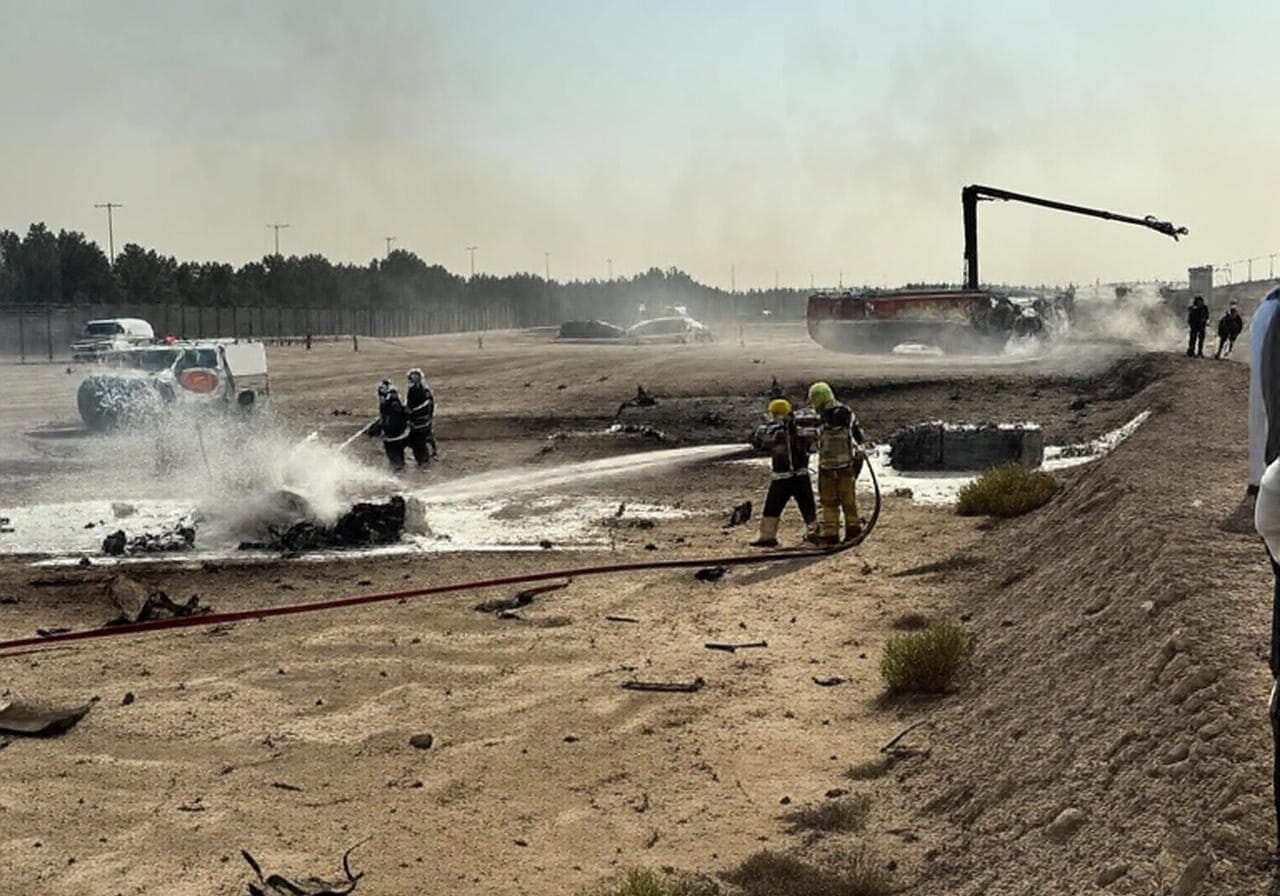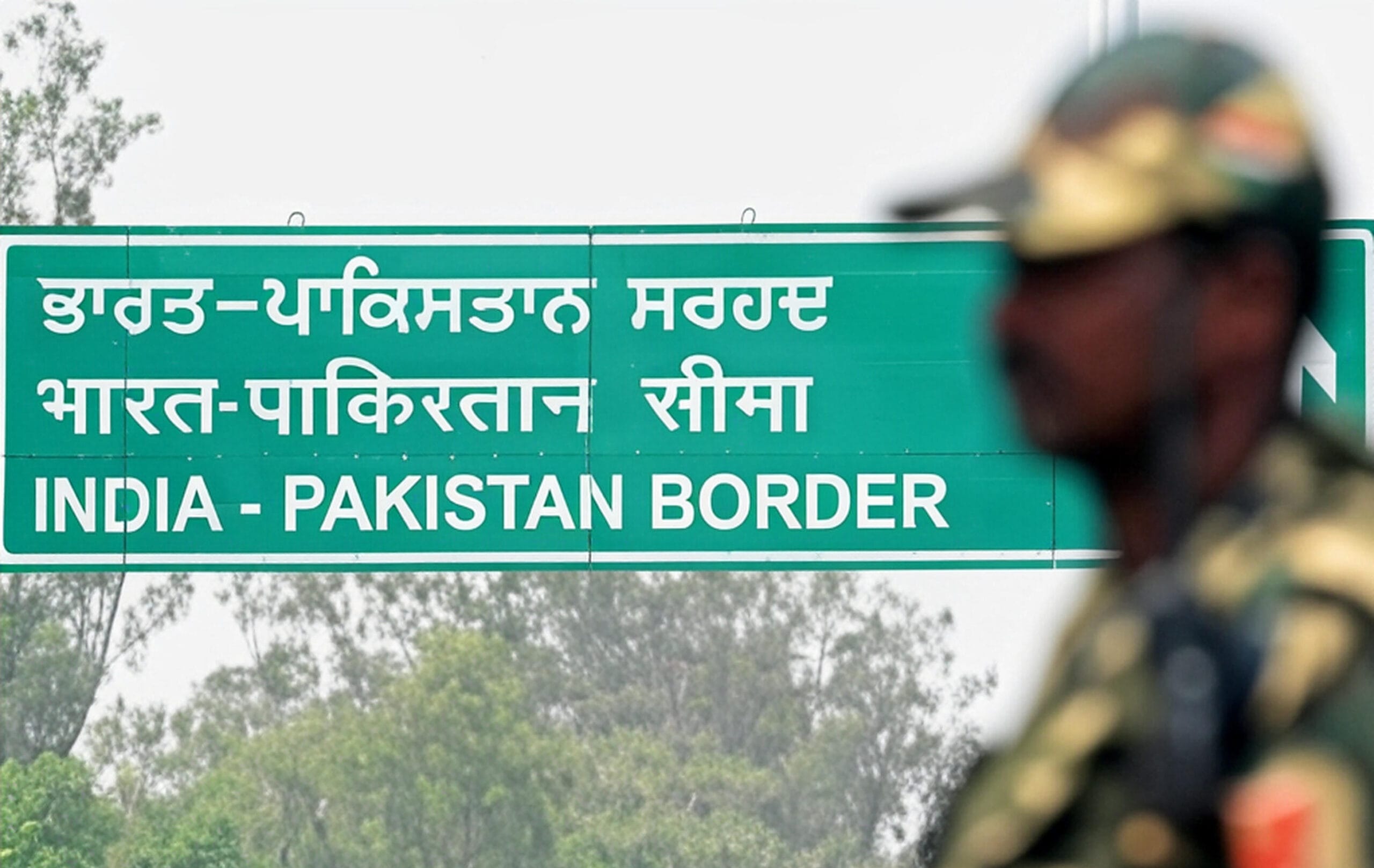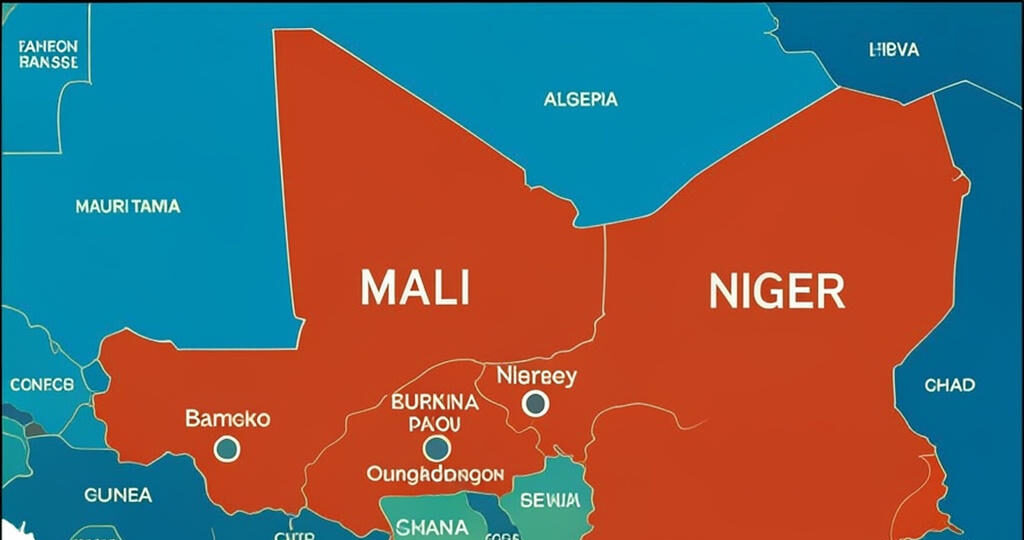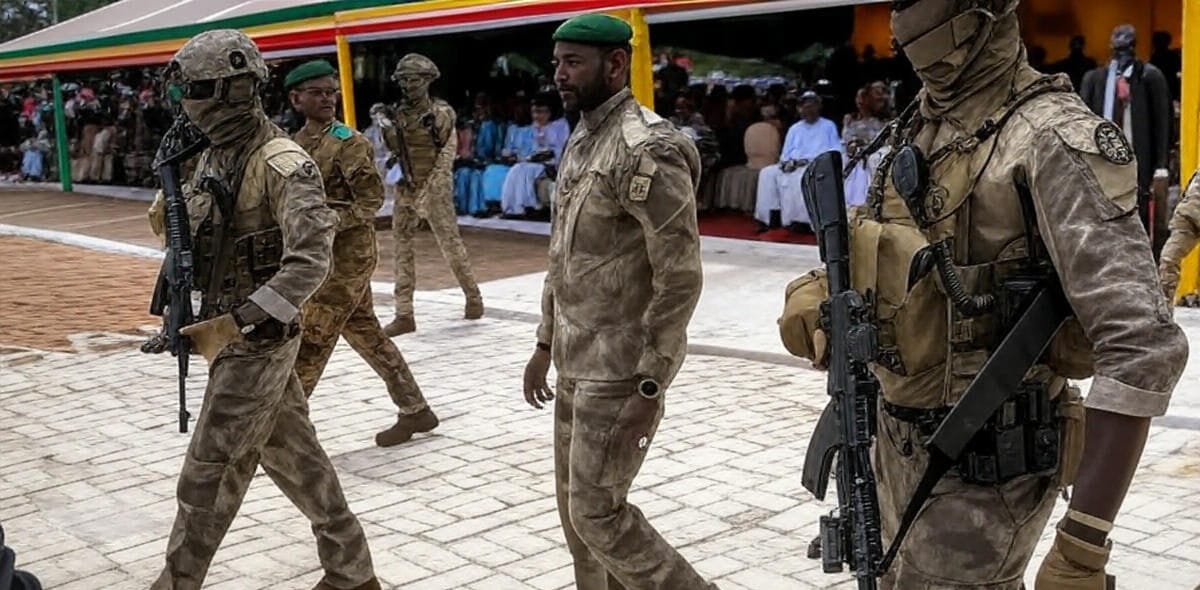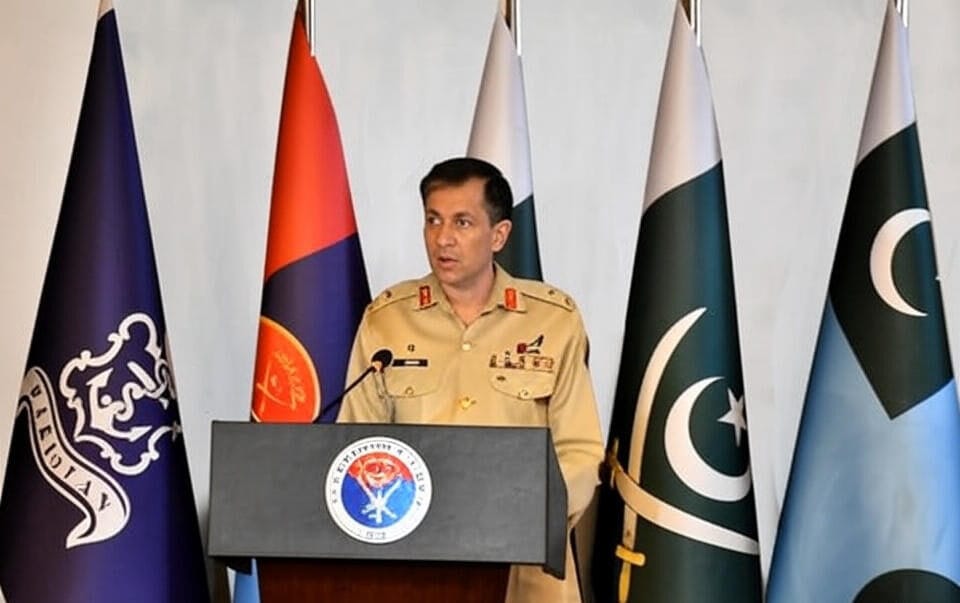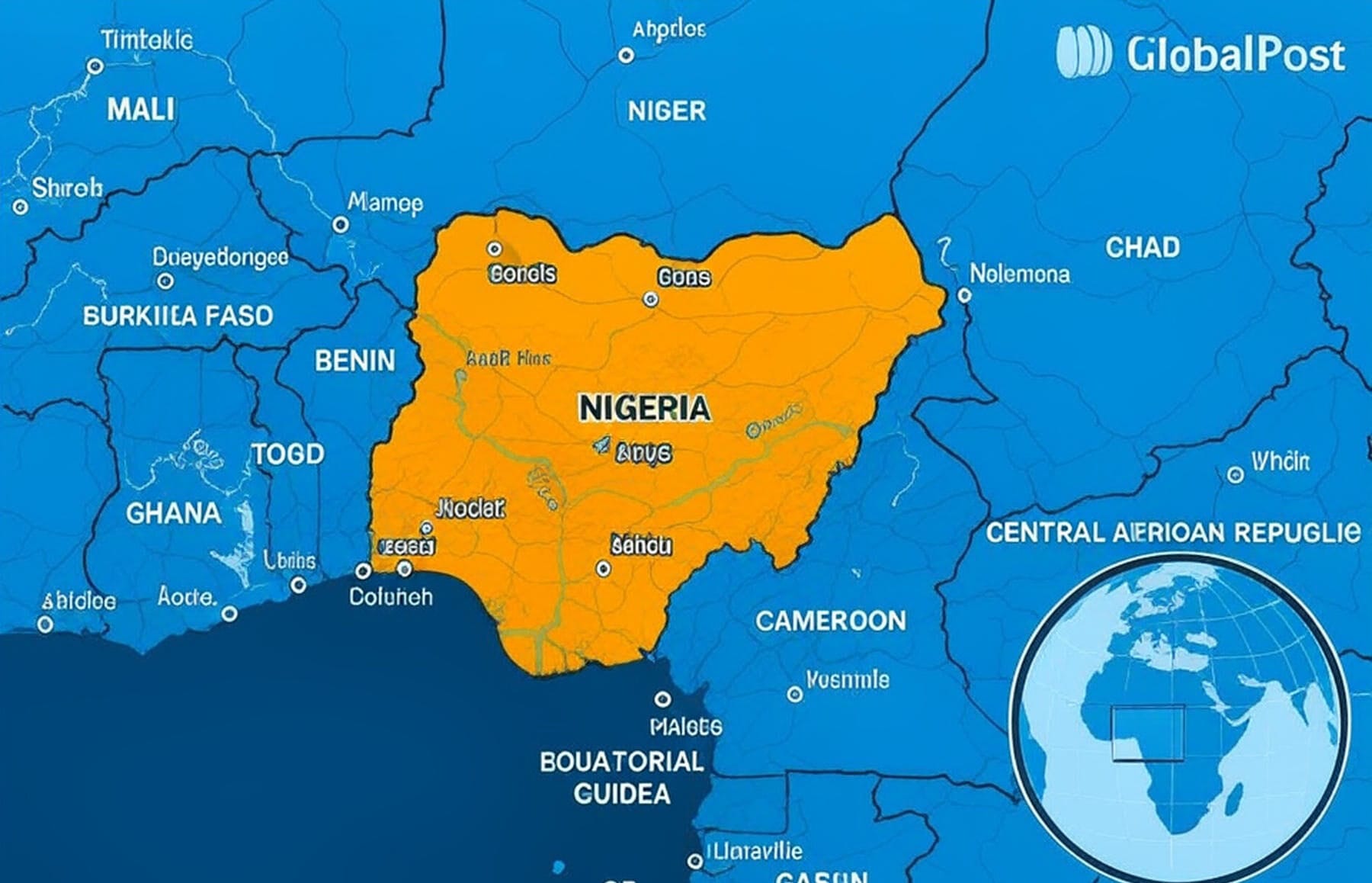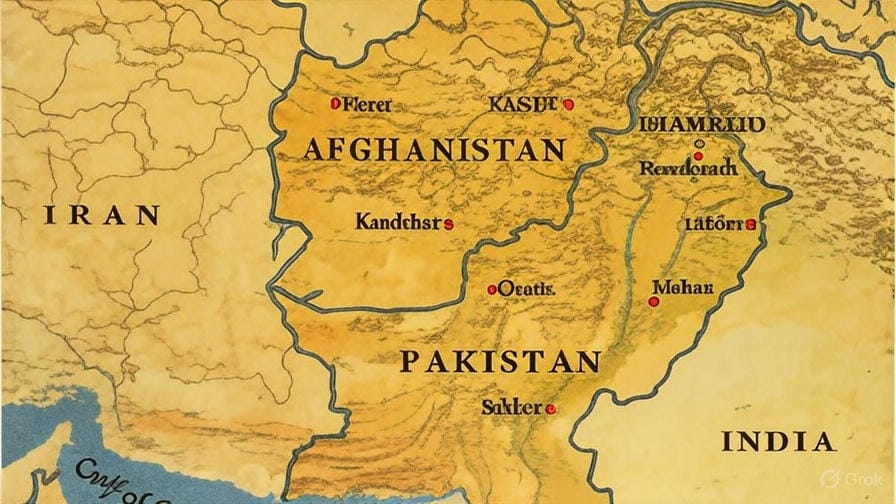
October 12, 2025 | 10:50 AM PKT | By Newsflayer
In the early hours of October 12, 2025, the contested Durand Line separating Pakistan and Afghanistan became a flashpoint for intense cross-border clashes, marking one of the most significant escalations since the Taliban’s return to power in 2021. A night of artillery barrages, small arms fire, and competing claims of captured outposts has left the region on edge, with both nations accusing each other of violating sovereignty and fueling militancy. As diplomatic efforts led by Qatar and Saudi Arabia intensify, the risk of a broader conflict looms over an already fragile region. Here’s an in-depth look at the unfolding crisis and its implications.
Overnight Clashes: A Timeline of Escalation
The latest hostilities erupted late Saturday night (October 11) when Afghan Taliban forces launched what they described as a “retaliatory operation” targeting Pakistani border posts in Kunar, Nangarhar, Paktika, Khost, and Helmand provinces. The Afghan Ministry of Defense claimed its forces seized three Pakistani outposts in Helmand’s Bahramcha district—Shakij, Bibi Jani, and Salehan—citing Pakistan’s alleged airstrikes on Kabul and Paktika (October 9–10) as provocation. Those strikes, Pakistan maintains, targeted hideouts of the Tehrik-i-Taliban Pakistan (TTP), a militant group responsible for over 135 deaths in Pakistan this September alone, including a December 2024 suicide bombing that killed 23 soldiers.
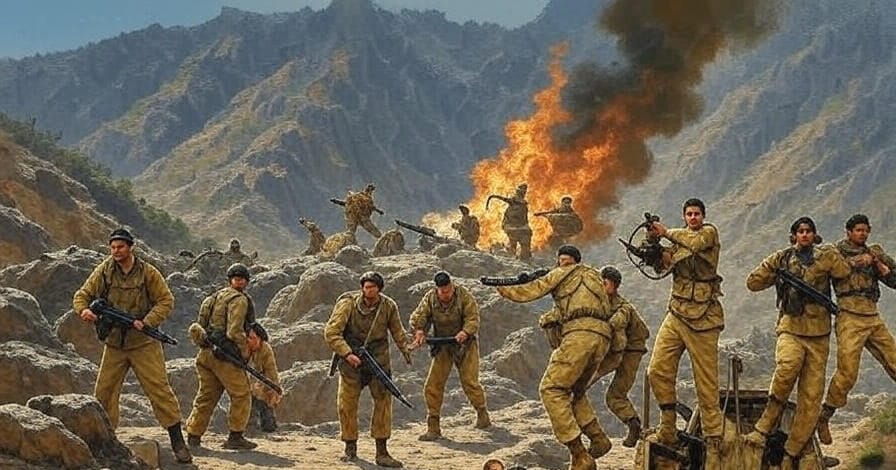
Pakistan’s military responded with a robust counteroffensive, deploying artillery, tanks, and quadcopter strikes. The Pakistan Army reported destroying several Afghan posts and a Taliban Humvee, claiming control of 19 abandoned Afghan border outposts. Social media footage on X captured the intensity, with tracer fire illuminating the night sky [post:23] and Afghan supporters hailing their “victory” [post:16]. An unverified claim of a downed Pakistani JF-17 jet circulated but lacks confirmation [post:55].
By 2:00 AM, fighting subsided in key areas like Kurram, Bajaur, and Chitral, with Afghanistan signaling readiness for a ceasefire. Pakistan rejected initial overtures, vowing to neutralize TTP threats. By 6:00 AM, a relative calm prevailed, though Pakistani jets were spotted over Afghan airspace, raising fears of renewed strikes. As of 10:50 AM PKT, no major new incidents have been reported, but both sides remain on high alert.
Casualties and Humanitarian Fallout
Preliminary reports estimate 20–30 fatalities, including 12 Pakistani soldiers, several Taliban fighters, and an unconfirmed number of civilians in border villages. Pakistan has requested the return of slain soldiers’ bodies and adherence to Geneva Conventions for any captured troops via a military hotline. The closure of the Torkham crossing, a vital trade artery worth $2.5 billion annually, has disrupted commerce, while Pakistan’s deportation of over 500,000 Afghan refugees since July has intensified humanitarian strains. Civilian evacuations are underway in border areas, with local communities caught in the crossfire.
The Durand Line and TTP: Roots of the Conflict
At the heart of the crisis lies the 2,640-km Durand Line, a colonial-era boundary drawn in 1893 that Afghanistan has never fully accepted. The porous border facilitates cross-border militancy, particularly by the TTP, which operates from Afghan provinces like Khost and Paktika with an estimated 6,000–10,000 fighters. Pakistan accuses the Taliban of providing safe havens to the TTP, while Kabul views Pakistan’s airstrikes as violations of sovereignty and attempts to disrupt its growing diplomatic ties with India.
Geopolitical dynamics further complicate the situation. Pakistan’s “strategic depth” policy seeks a friendly Afghanistan to counter Indian influence, but the Taliban’s outreach to New Delhi threatens this calculus. Meanwhile, China pressures Pakistan to secure the China-Pakistan Economic Corridor (CPEC) from TTP and Balochistan Liberation Army attacks. The United States, largely disengaged since its 2021 withdrawal, retains a peripheral interest in counterterrorism but lacks direct leverage.
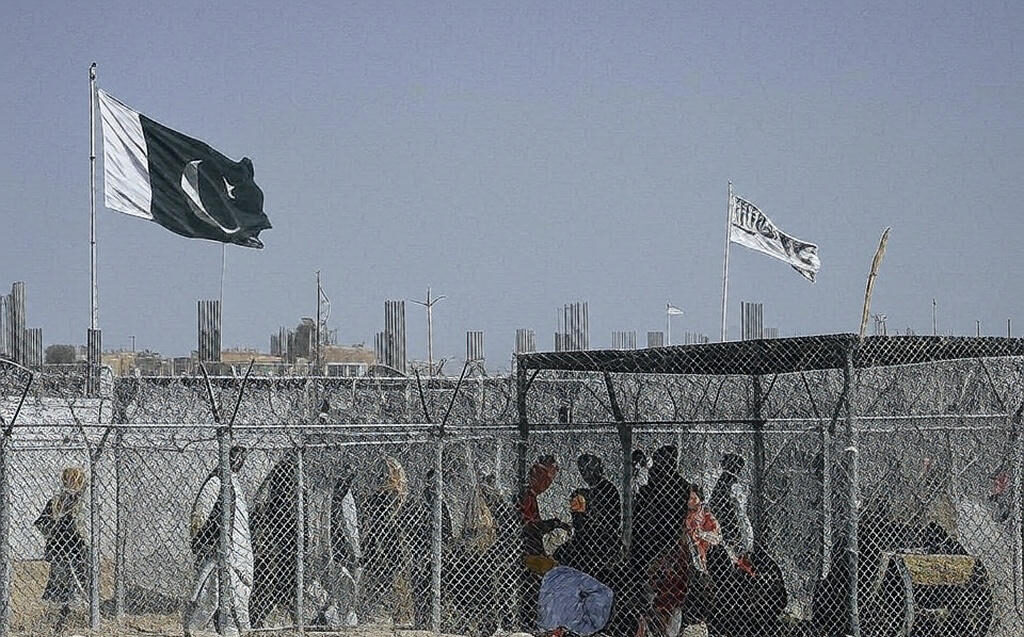
Regional and Global Implications
While a full-scale war remains unlikely due to economic interdependence and shared Pashtun ties, the risk of miscalculation is high. Escalation could draw in regional powers—India via its Taliban ties or China protecting CPEC interests—potentially destabilizing South Asia. The TTP’s resurgence, up 50% in attacks this year, underscores the fragility of border security. Disinformation, amplified by unverified X posts [post:38, 52], further muddies the narrative, with both sides leveraging propaganda to rally domestic support.
The humanitarian toll is mounting. Beyond trade disruptions and refugee deportations, border closures threaten food and fuel supplies in landlocked Afghanistan. The international community faces pressure to act swiftly to prevent a broader crisis.
Diplomatic Efforts and the Path Forward
Qatar, Saudi Arabia, and Iran have called for restraint, with Qatar mediating potential talks. A late-night hotline exchange between military commanders yielded no breakthrough, but diplomatic channels remain active. Regional expert Michael Kugelman warned on X of a “perfect storm of mistrust and militancy” [post:53], urging dialogue to avert further escalation. Both Pakistan and Afghanistan have affirmed their commitment to peace but stand firm on defending their borders, with Pakistan’s DG ISPR and Afghanistan’s Ministry of Defense issuing near-hourly updates.
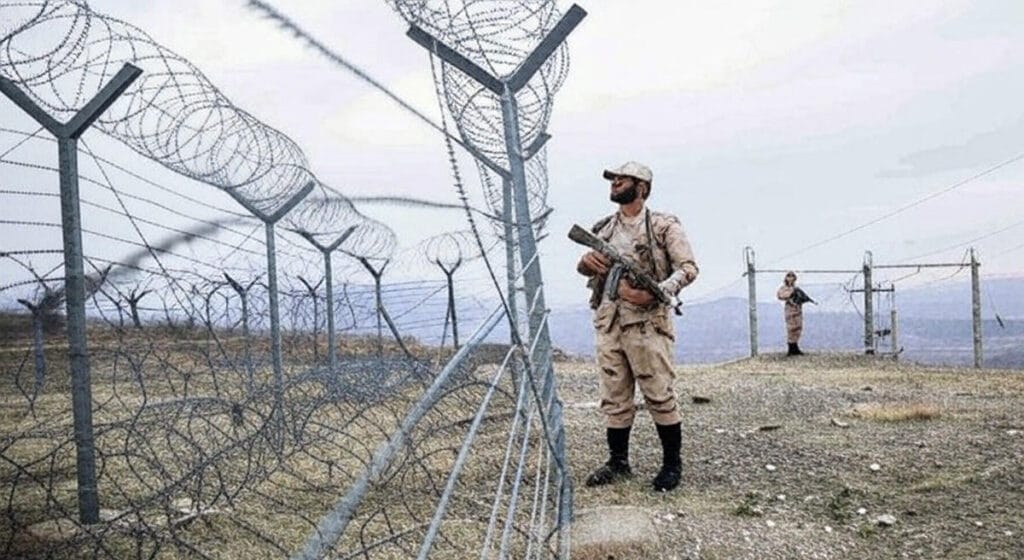
Looking Ahead
As Pakistan reinforces its border with air patrols and Afghanistan deploys troops to Paktia, the situation teeters on a knife’s edge. The international community, particularly regional mediators, must prioritize de-escalation to prevent a cycle of retaliation. For real-time developments, follow official statements from Pakistan’s Inter-Services Public Relations and Afghanistan’s Ministry of Defense, alongside verified reports on X. The coming hours will be critical in determining whether diplomacy can prevail over the specter of conflict.
Global Pulse Insights will continue to monitor this evolving story.
Sources: Dawn, TOLOnews, Al Jazeera, Reuters, BBC, WION, Economic Times, X posts [16, 23, 38, 52, 53, 55].
